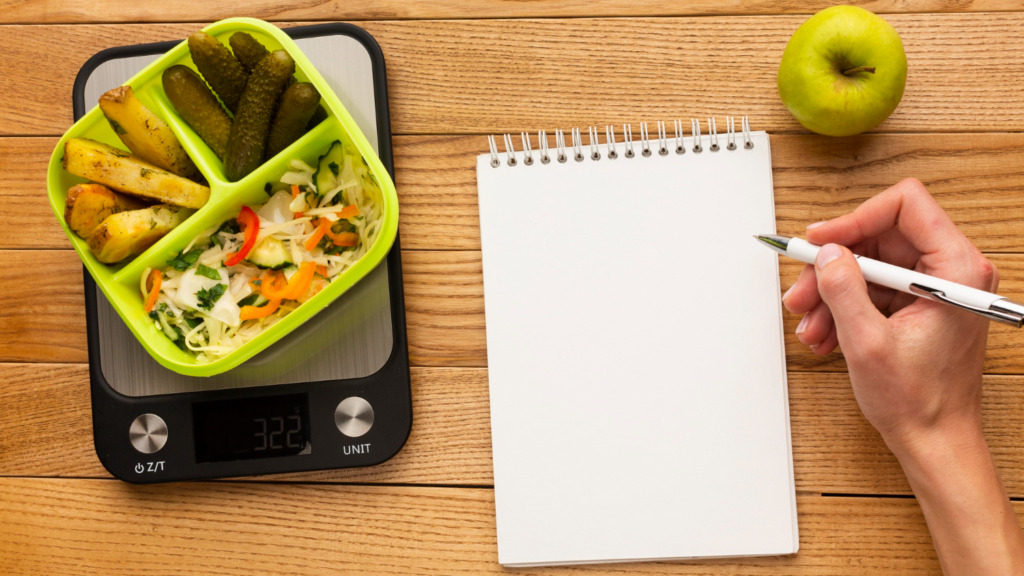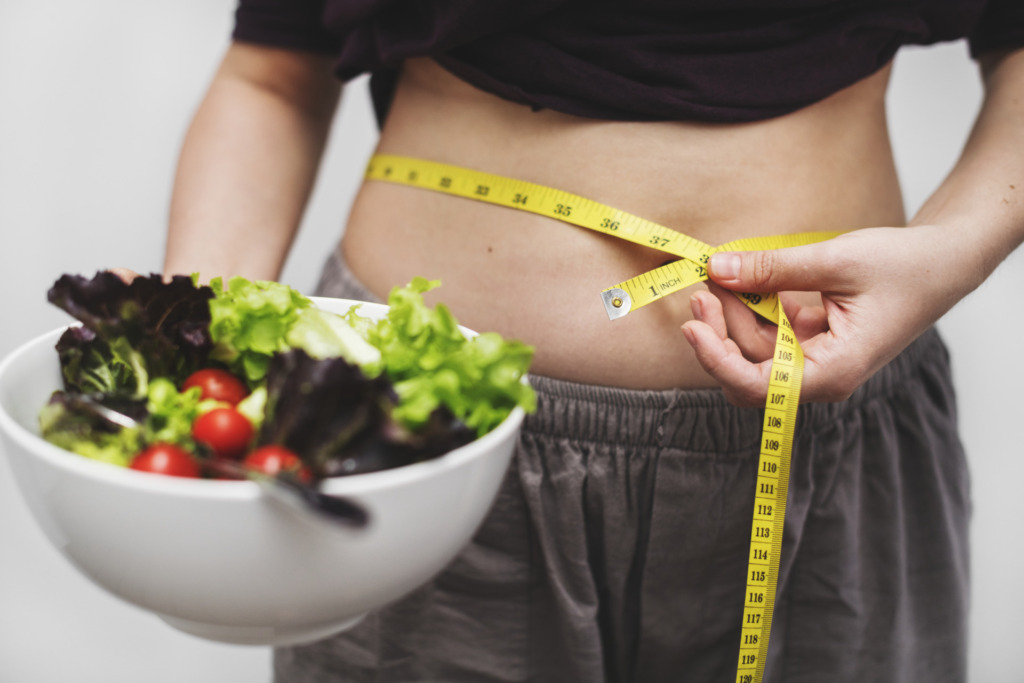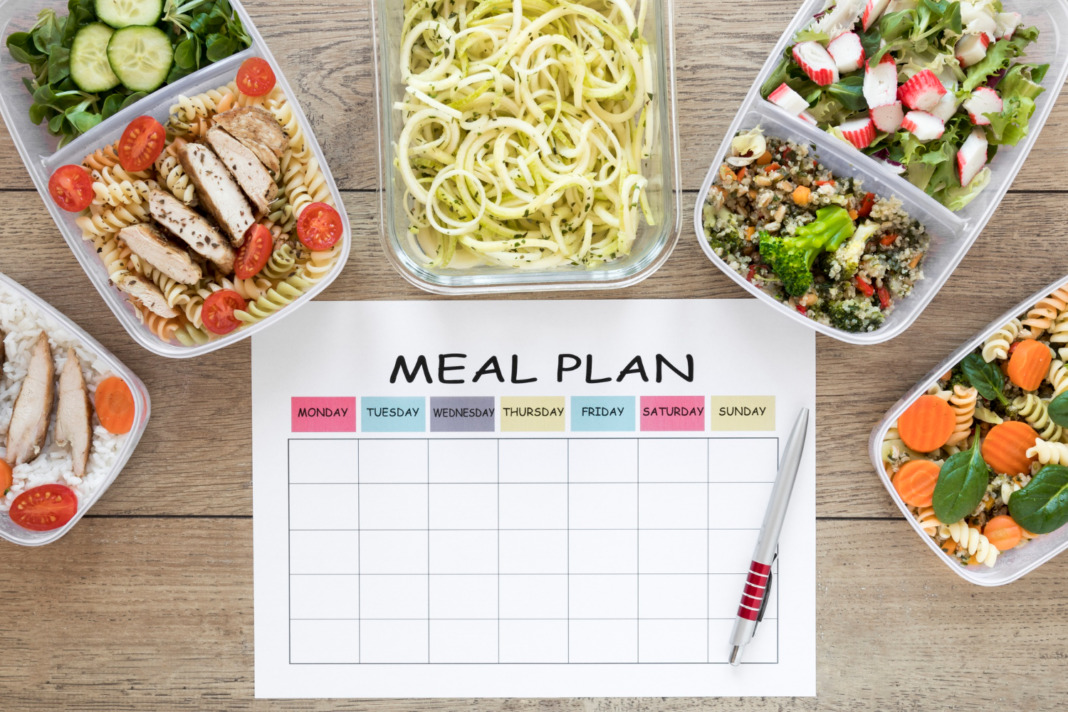With today’s hectic lifestyle, maintaining a healthy weight can be difficult. But putting together a planned diet that is especially designed to help you lose weight can really help you reach your fitness objectives. In these article, we are going to look at some effective meal plan for weight loss.
Introduction to Meal Planning for Weight Loss
Importance of Meal Planning
Meal planning is a deliberate strategy to guarantee a steady and well-balanced intake of nutrients; it goes beyond simple calorie counting. It encourages making better decisions and aids in preventing impulsive eating.
Setting Realistic Goals
Prior to starting a meal plan, it’s important to establish realistic weight loss objectives. It’s important to remain realistic; making small, sustainable changes is what works best.

Understanding Caloric Deficit
Definition and Significance
When the body is in a caloric deficit, it will burn fat reserves for energy rather than consuming more calories than it uses. It is essential to comprehend this idea in order to lose weight effectively.
Calculating Caloric Needs
Individual calorie requirements are determined by a number of factors, including activity level, weight loss goals, and basal metabolic rate (BMR). This calculation can be aided by a variety of online calculators.
Building a Balanced Meal Plan
Incorporating Essential Nutrients
Sufficient amounts of protein, carbs, healthy fats, vitamins, and minerals are all included in a balanced diet. It is essential to prioritize foods high in nutrients.
Portion Control and Meal Frequency
Portion control keeps the ratio of calories consumed to satiety in check. Furthermore, distributing meals equally throughout the day aids in controlling metabolism.
Healthy Food Choices for Weight Loss
Lean Protein Sources
Greek yogurt, beans, tofu, fish, and chicken breast are all great sources of lean protein. They promote muscle growth, provide satiety, and facilitate calorie burning.
Whole Grains and Complex Carbs
Choose whole grains such as oats, brown rice, and quinoa. These complex carbohydrates control blood sugar, give long-lasting energy, and stop overeating.
Fruits and Vegetables
Including a range of vitamins, minerals, and antioxidants is ensured by incorporating a variety of colorful fruits and vegetables. They encourage fullness because they are high in fiber and low in calories.
Healthy Fats
Good fats are found in foods like avocados, nuts, seeds, and olive oil. These fats are necessary for bodily processes. They promote general wellbeing and aid in satiety.
Meal Prepping Techniques
Batch Cooking and Storage Tips
Meal preparation in advance guarantees healthier options and saves time. To make them easy to access throughout the week, store them in portioned containers.
Creating a Weekly Meal Schedule
Make a weekly meal plan that includes breakfast, lunch, dinner, and snacks. This makes portion control easier and reduces impulsive eating.
Effective Strategies for Sustainable Weight Loss
Consistency and Adherence
Following the meal plan consistently is essential to success. Even in trying circumstances, sticking to the plan promotes discipline and long-term outcomes.
Listening to Your Body
Overeating and mindless snacking can be prevented by being aware of your hunger cues and engaging in mindful eating.
Adjusting the Plan as Needed
Loss of weight is dynamic. For ongoing success, modify the meal plan in accordance with preferences, advancements, and changes in lifestyle.
Physical Activity and its Role in Meal Planning
Combining Exercise with Meal Plans
Optimizing weight loss outcomes requires matching the meal plan with an appropriate exercise regimen. Building muscle and burning calories are two benefits of exercise.
Choosing Complementary Workouts
Choose workouts that go well with your diet. For example, aerobic exercise helps burn extra calories, while strength training promotes the growth of muscles.

Overcoming Challenges in Meal Planning
Dealing with Cravings
Substitute unhealthy cravings with nutritious alternatives. Additionally, allowing occasional treats in moderation is acceptable.
Handling Social Situations
Navigating social gatherings while adhering to a meal plan can be challenging. Plan ahead or make healthier choices when options are limited.
Tracking Progress and Making Adjustments
Monitoring Weight and Measurements
Regularly tracking weight, body measurements, and how clothes fit provides valuable feedback on the effectiveness of the meal plan.
Reassessing Meal Plans
Periodically evaluate the meal plan’s efficacy. If progress stalls, consider tweaking portions, food choices, or exercise routines.
The Psychological Aspect of Meal Planning
Mindful Eating Practices
Engage in mindful eating by savoring each bite, eating slowly, and paying attention to hunger and fullness signals.
Stress Management and its Impact on Weight Loss
Stress can affect eating habits. Employ stress-relief techniques like meditation or yoga to maintain a healthy mindset.
Meal Plan Examples and Sample Recipes
Breakfast Ideas
- Greek yogurt parfait with berries and granola
- Spinach and mushroom omelet with whole-grain toast
Lunch Options
- Quinoa salad with grilled chicken and mixed veggies
- Lentil soup with a side of leafy greens
Dinner Choices
- Baked salmon with roasted sweet potatoes and asparagus
- Veggie stir-fry with tofu and brown rice
Snack Suggestions
- Apple slices with almond butter
- Carrot sticks with hummus
Meal Plan For Weight Loss
| Day | Breakfast | Lunch | Dinner | Snacks |
| 1 | scrambled egg with spinach and tomato | tuna salad with lettuce, cucumber, and tomato | bean chili with cauliflower ‘rice’ | apple slices and peanut butter |
| 2 | oatmeal with blueberries, milk, and seeds | hummus and vegetable wrap | sesame salmon, purple sprouting broccoli, and sweet potato mash | tangerine and cashew nuts |
| 3 | mashed avocado and a fried egg on a slice of rye toast | broccoli quinoa and toasted almonds | chicken stir fry and soba noodles | blueberries and coconut yogurt |
| 4 | smoothie made with protein powder, berries, and oat milk | chicken salad with lettuce and corn | roasted Mediterranean vegetables, puy lentils, and tahini dressing | whole grain rice cake with nut butter |
| 5 | buckwheat pancakes with raspberries and Greek yogurt | vegetable soup with two oatcakes | fish tacos with slaw | boiled egg with pita slices |
| 6 | apple slices with peanut butter | minted pea and feta omelet | baked sweet potato, chicken breast, greens | cocoa protein ball |
| 7 | breakfast muffin with eggs and vegetables | crispy tofu bowl | lentil Bolognese with zucchini noodles | carrot sticks and hummus |
Alternative Meal Plan For Weight Loss
| Day | Breakfast | Lunch | Dinner | Snacks |
| 1 | oatmeal prepared with milk, chia seeds, and rolled oats; fresh berries and pumpkin seeds are added on top. | premade egg and vegetable muffins topped with avocado and a fresh tomato and basil salad | Pizza crust made of cauliflower topped with marinated chicken or tempeh, pesto, mushrooms, and peppers. | smoothie with mango and spinach |
| 2 | smoothie consisting of milk, protein powder, flax seeds, frozen cherries, and kale | Tossed green salad with grilled salmon or roasted chickpeas, cucumber, bell pepper, tomato, corn, and olives | brown rice and baby spinach, red lentil dahl | peanut butter on sliced apples |
| 3 | Spanish omelet with salsa on the side, composed of eggs, potatoes, onions, and peppers. | Fresh spinach and red lentil dahl served over brown rice | Meatballs made of tofu or chicken in a marinara sauce, served with spaghetti squash over mixed baby greens and garnished with nutritional yeast or Parmesan cheese | Make a trail mix with your preferred unsweetened dried fruit and unsalted, unroasted nuts. |
| 4 | yogurt topped with chopped walnuts and fresh fruit | kale salad with whole-grain pita chips, dried cranberries, cherry tomatoes, and an avocado-mango dressing on top, along with a poached egg or marinated seitan | Served on a small whole-wheat bun with caramelized onions and peppers on the side, a beef or black bean burger topped with lettuce, tomato, roasted peppers, and pickles. | hummus-dipped carrots, radishes, and cherry tomatoes |
| 5 | spinach, homemade granola, walnuts, blueberries, coconut flakes, and raspberry vinaigrette salad; optionally add one or two hard-boiled eggs for additional protein. | vegetable spring rolls with a side of raw vegetables and dipped in peanut butter sauce | chili presented with wild rice and greens | cheese-topped whole-wheat crackers or a hot black bean spread |
| 6 | pumpkin pancakes with fresh strawberries, chopped nuts, and plant-based or Greek yogurt on top | chili presented with wild rice and greens | grilled onions, bell peppers, and guacamole accompanied by bean fajitas or chili served over greens and cooked rice with corn tortillas | nut-and-dried-fruit trail mix |
| 7 | cereal with coconut flakes, mango, and chopped pecans on top | Serve tuna or chickpea salad over mixed greens with walnuts, sliced avocado, and sliced apple. | grilled salmon or tempeh, potatoes, and sautéed kale | yogurt with fruit |
Conclusion
Making a customized meal plan for weight loss requires careful thought, thoughtful selection, and consistency. Sustainable weight loss is possible when nutrient-dense foods are included, portions are balanced, and exercise is combined with it.
FAQs About Meal Planning for Weight Loss
- How soon can I anticipate losing weight following a meal plan?
Although weight loss varies from person to person, it is reasonable and sustainable to aim for a weekly weight loss of 1-2 pounds.
- Does a meal plan require the counting of calories?
Calorie counting is helpful, but portion control and an emphasis on nutrient-dense foods work just as well for weight loss.
- Can I occasionally overindulge when following a diet plan to lose weight?
Moderate indulgence on occasion is OK. It’s critical to keep things in perspective and avoid feeling cheated.
- How often should my meal plan be reviewed?
Every few weeks, review your meal plan to see how you’re doing and make any necessary changes.
- Does a successful meal plan require exercise?
Exercise is a great addition to a diet, but dieting to create a calorie deficit is the main way to lose weight. But exercise has a lot of health advantages.




